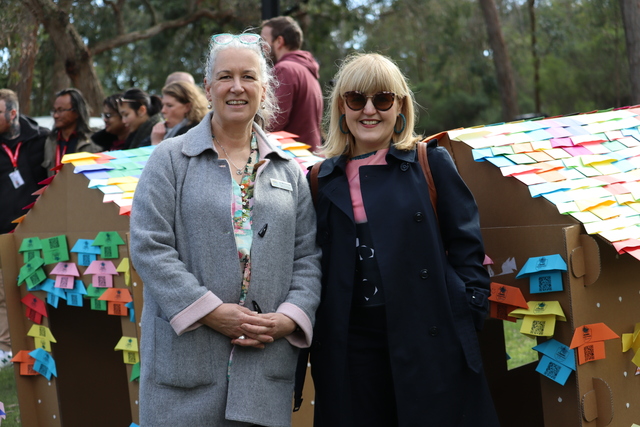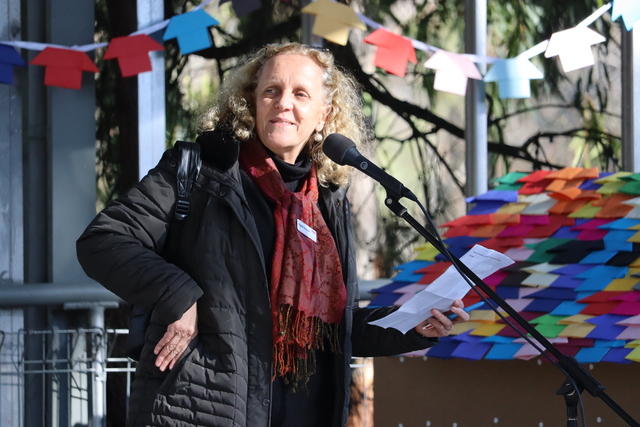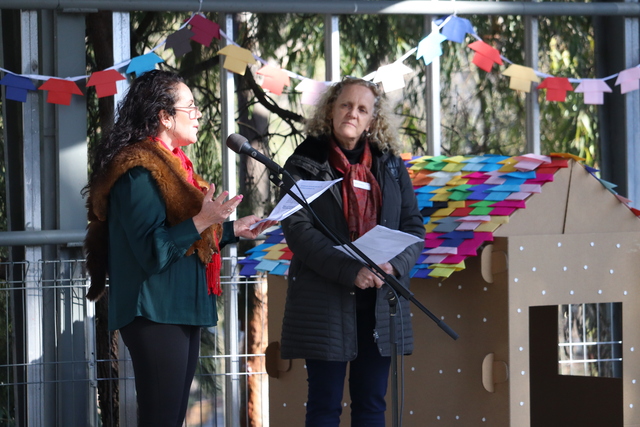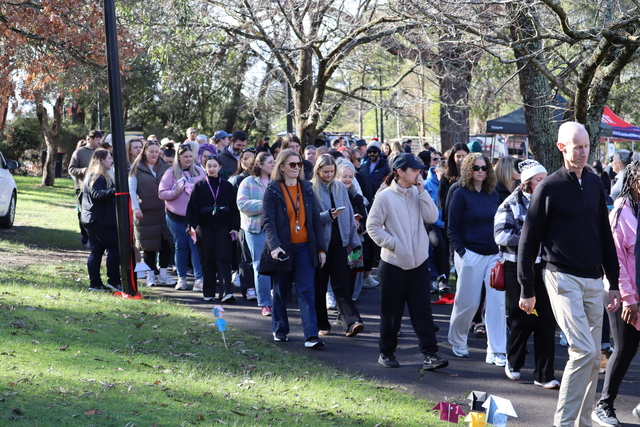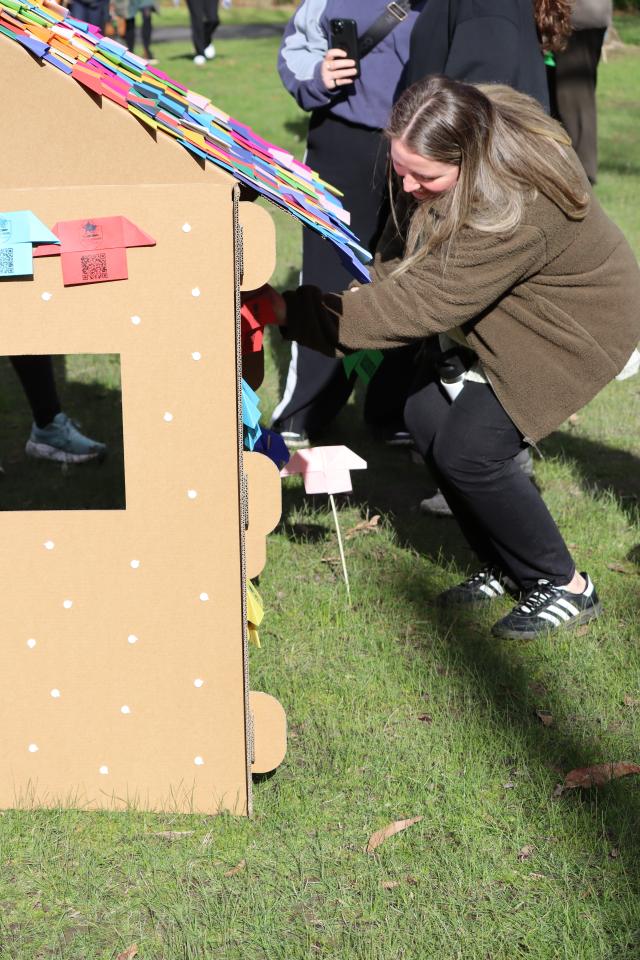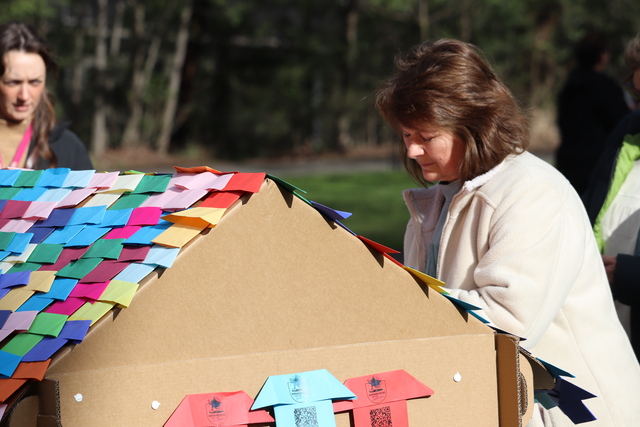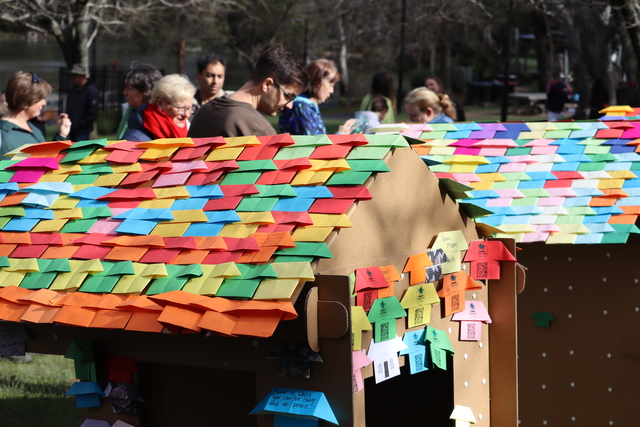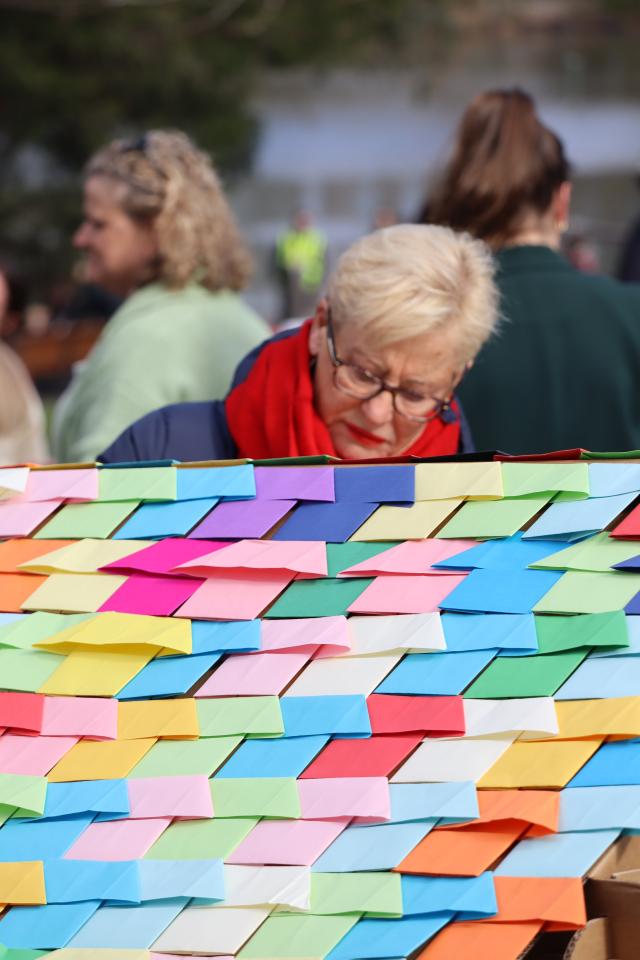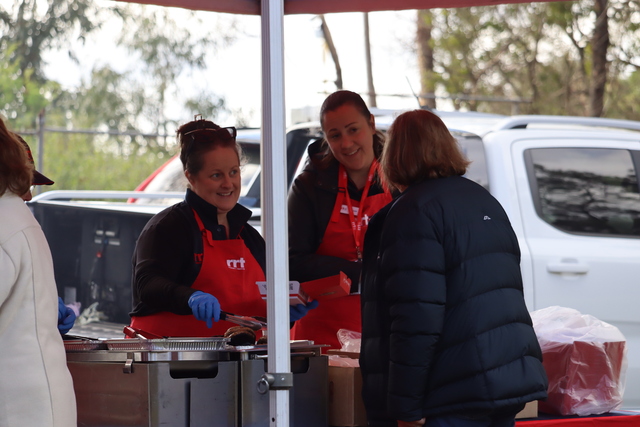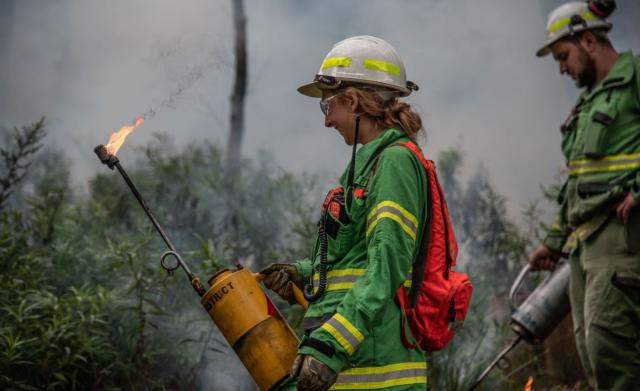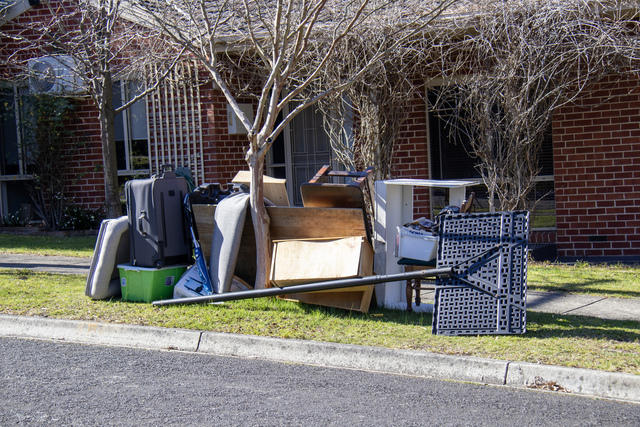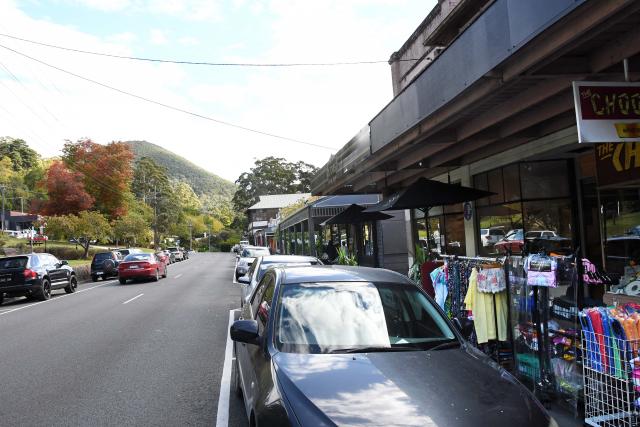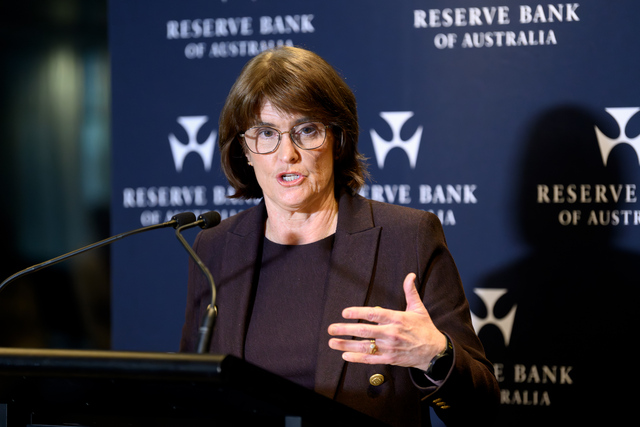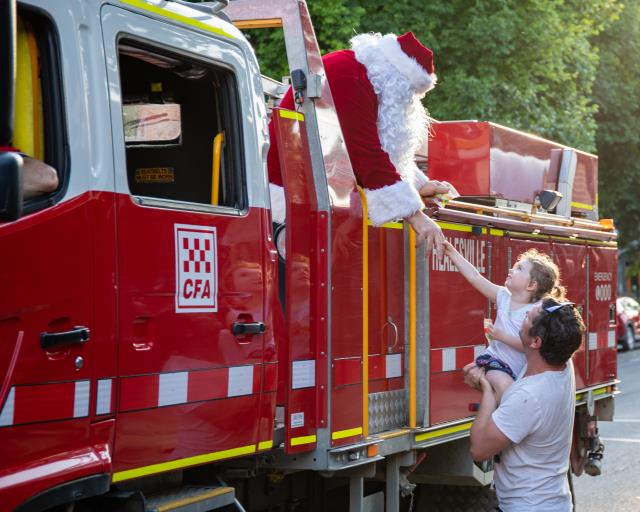A prominent sentiment of this Homelessness Week was action over advocacy, as local services feel the brunt of rising rents and family violence.
This was the purpose of the Eastern Homelessness Network’s (EHN) Homeward Bound Walk on Tuesday 5 August, to bring community, government representatives and leading support organisations together.
In the five years to the most recent Census in 2021, homelessness in Victoria increased by 24 per cent to over 30,000 people.
In the year 2023 to 24, over 13,000 people in Melbourne’s inner and outer east sought assistance from homelessness services.
Support services have noted that they are unable to respond to the increasing number of households that lack a safe place to live.
Uniting VicTas’ homelessness and support services senior manager, Maidie Graham, said it is becoming evident that a lack of social housing and higher rents is exacerbating the situation.
“With more and more people struggling to afford the private rental market, the demand for affordable private rentals is outstripping supply,” she said.
“Combine this with a chronic shortage of public and community housing, we are seeing record levels of homelessness.”
Anchor Community Care chief executive officer Heidi Tucker said homelessness services are seeing more working couples who typically wouldn’t have required support in the past.
“There are less supports. There are less places to catch people, and people are falling out of their housing much more than they ever were. So many people are in rental stress,” she said.
“And it only takes one thing for them to drop completely out of their private rental. Often, there can be a couple, and if they break up, neither one of them can afford the rental.
“So I think there’s that stress and pressure that’s actually on everyone. I mean, there are very few people who are getting out of this, out of the stress of it all.
“What we’re seeing, certainly in homelessness services, is that the workers are incredibly pressurised and are just seeing more and more crises and having people coming in where two people are working, and we’ve never seen that before.”
EHN Coordinator Jo McDonald said that in supporting the Victorian Homelessness Network’s Houses at Parliament Campaign, it calls for State and Federal government investment in the construction of 60,000 social and community houses.
“Homelessness is not inevitable. With enough public and community homes and the right support, everyone in the community can be permanently housed,” she said.
“The community support shows Victorians are demanding that the State and Federal Governments step up to end homelessness.”
A gathering of outer eastern support organisations like The Salvation Army, Family Access Network and Fvree, as well as people who are or have experienced homelessness, cemented the call by walking laps of Ringwood Lake and placing an origami house on display.
One third of Australians seeking homelessness assistance are in Victoria, yet the state has the lowest proportion of social housing.
Council to Homeless Persons chief executive officer Deborah Di Natale said with 66,000 applicants on Victoria’s social housing waitlist, it’s imperative that governments heed calls and act sooner rather than later.
“Every single person in Victoria and, in fact, across the country deserves the dignity of a home,” she said.
Ms Di Natale said homelessness is often hidden, but it “spans geographies, spans generations, and spans cultures”.
From research and personal stories, however, women are emerging as a large cohort of those without a home.
“It looks like a woman who is between the ages of 25 and 39, who more often than not, has a child with her under the age of 11, coming to a frontline service,” Ms Di Natale said.
“And sadly, the reality…is if that woman is living in her car, she’s not seen, nobody’s doing the advocacy piece, she’s waiting about 19 and a half months before she can get social housing.
“We need to ask ourselves as a community, what kinds of decisions is she needing to make to enable her and her child, or children, to feel safe? This should absolutely not be happening in a country like ours, and certainly should not be happening in Victoria.
“So we, at Council to Homeless Persons, are saying it’s time for us to end it.”
Another cohort, Ms Tucker said, she is particularly concerned about is young people.
“What we know is that if a young person or a child becomes homeless, it stays with them for the rest of their lives, and can affect the rest of their lives,” she said.
“Anchor is absolutely moving towards preventing youth homelessness, whichever way we do it.
“Making sure that kids who have been in care don’t exit into homelessness, young people who have experienced family violence are taken care of because, at the moment, often they’re not seeking support because they don’t see themselves as victim survivors. They think that’s somebody else, so the first time we see them is in homelessness.”
With Infrastructure Victoria highlighting a need for 60,000 social homes in the state, Ms Di Natale said there is a “road map to make it happen” and to end homelessness.
“We have to acknowledge that we’ve been saying the same thing for a long time, and it isn’t working, so we’ve had to do a lot of internal navel gazing and ask ourselves, in terms of our advocacy piece, what can we do to change this story?”
Ms Di Natale said it begins with bipartisan commitment from both sides of government and the continued push from grassroots groups.
“What we know creates change is working with local communities, our educators, our volunteers, our local services and councils who are really connected to the grassroots of your community,” she said.
“I just want us to all get together to solve it…I feel confident and optimistic that we’re going to be able to make change.”

